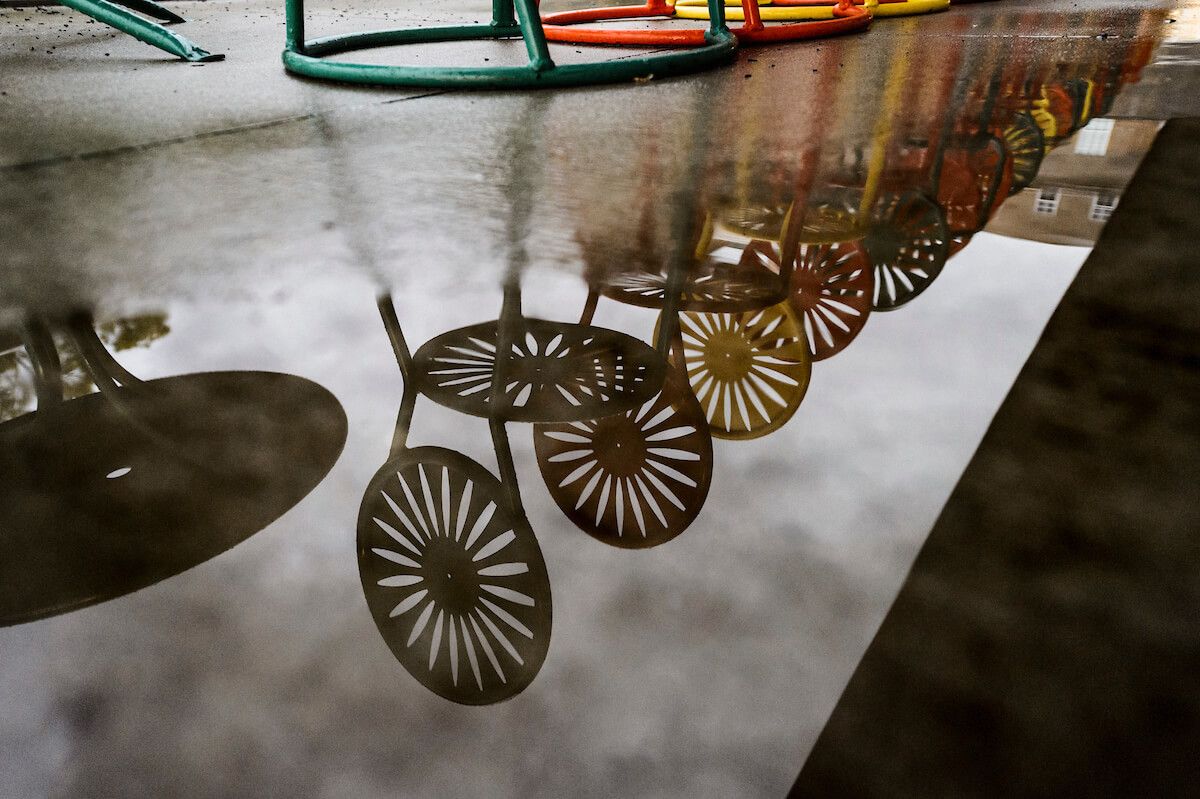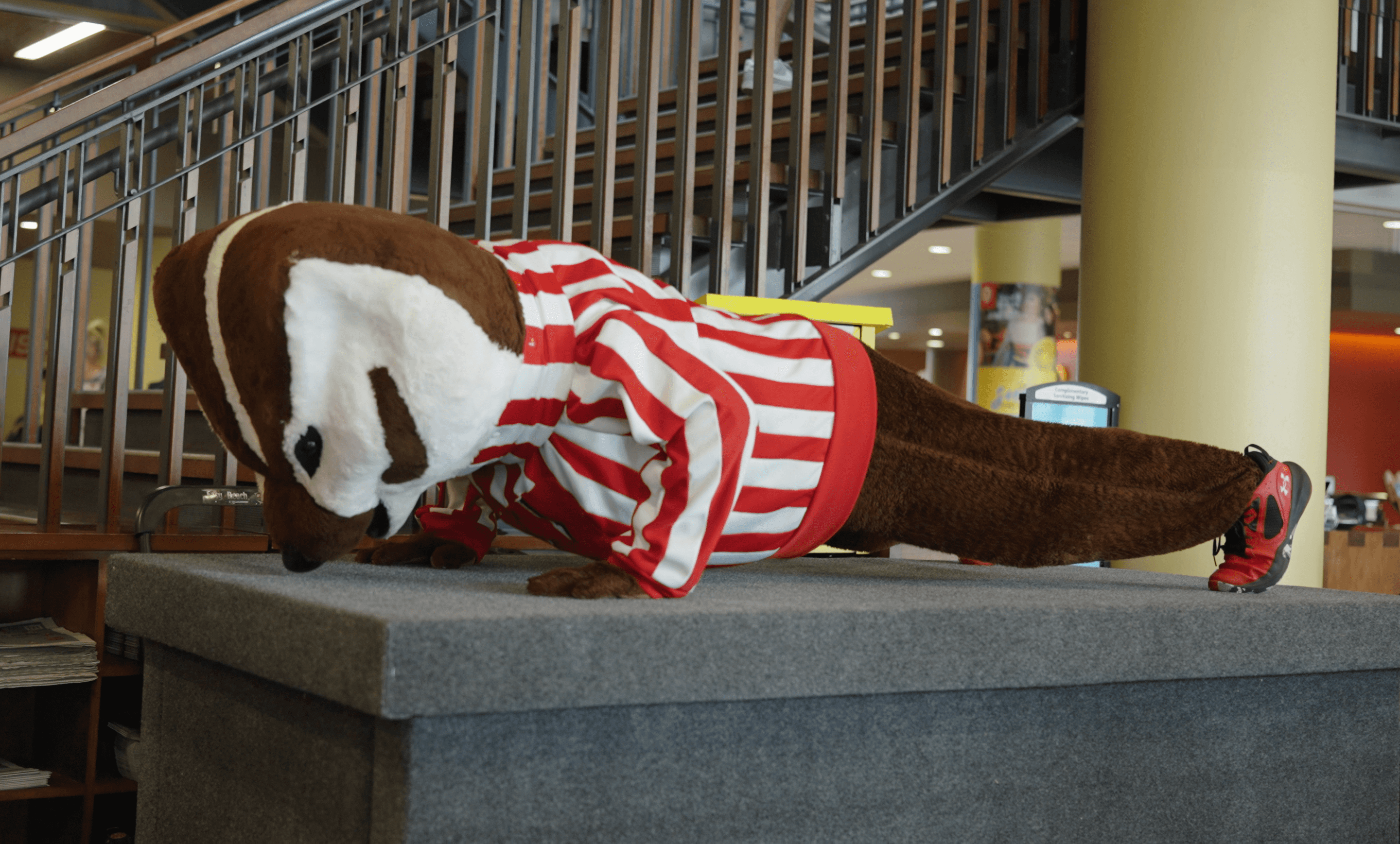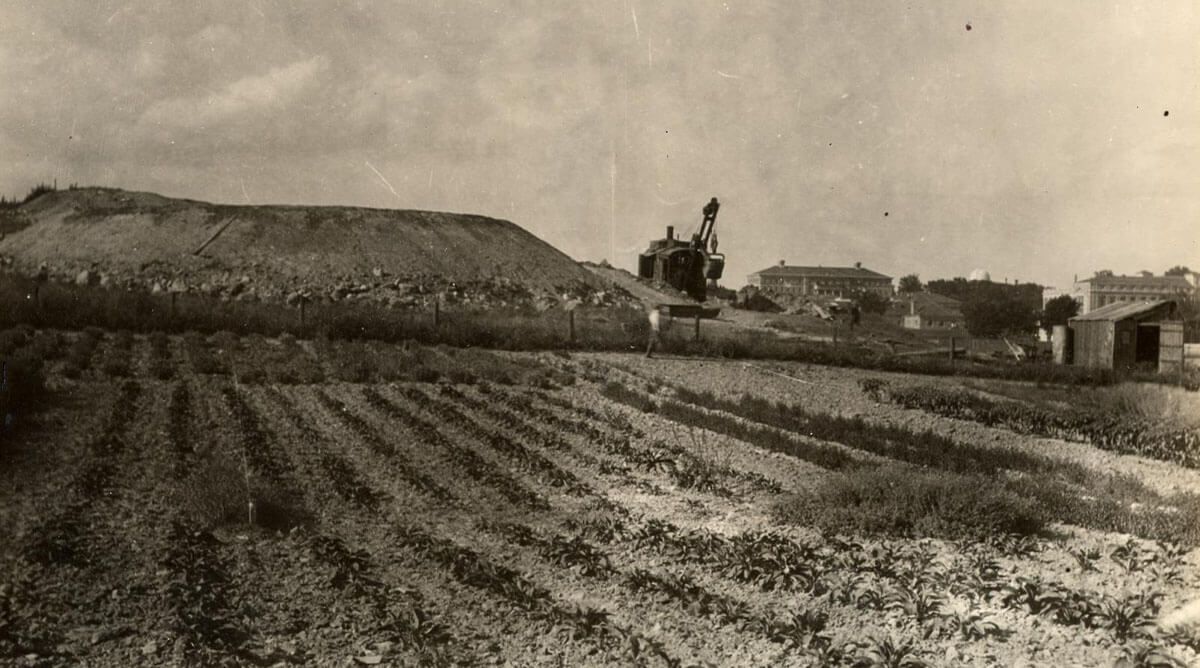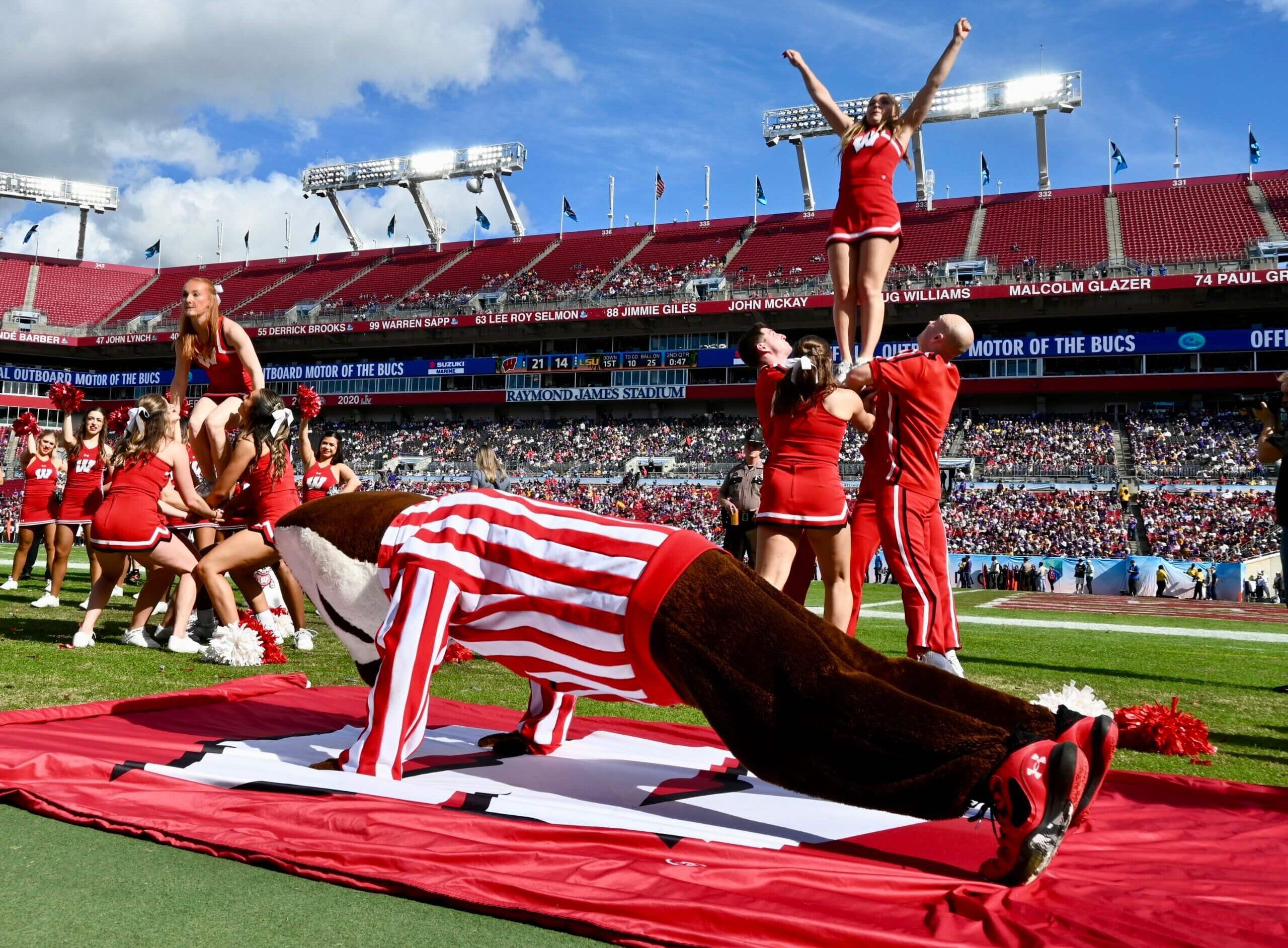Few people leave a legacy as tangible as that of Rock County native John Savage 1903. His monument stands more than 700 feet tall, weighs 6.6 million pounds, and took nearly five years to construct.
The Hoover Dam, which sits on the Nevada-Arizona border, is considered one of America’s greatest engineering wonders, and Savage was its chief designer.
Raised on a farm near the unincorporated town of Cooksville, Wisconsin, Savage earned a degree in civil engineering at the University of Wisconsin–Madison. He had an uncanny ability, a colleague noted: “He has a natural bent for dams the way some people are natural athletes.”
Working most of his career with the U.S. Bureau of Reclamation, Savage was nicknamed the “billion-dollar engineer,” a nod to the number of massive projects he led.
But he wasn’t driven by money. “After the dam was up, the land changed,” he once said. “It got water. Farmers moved in to work the soil. Crops grew. Then came villages and towns. That’s why I think this is the happiest, most thrilling work in the world.”
“This is the happiest, most thrilling work in the world.”
He supervised designs for dozens of major dams and traveled to 19 countries that sought his expertise. But the Hoover Dam was his pièce de résistance. Among its many innovations, he devised a way to cool and set the dam’s massive pieces of concrete — a process that would have otherwise taken 100 years. Dedicated in 1935, the dam continues to control floods, irrigate land, and generate hydroelectric power for the southwestern United States.
When a national society of engineers honored Savage in 1945, the organization noted that “one out of every five [people] living in the 17 Western states are dependent in one way or another on the facilities designed under his supervision.”
Savage died a few days after Christmas — his birthday — in 1967.







